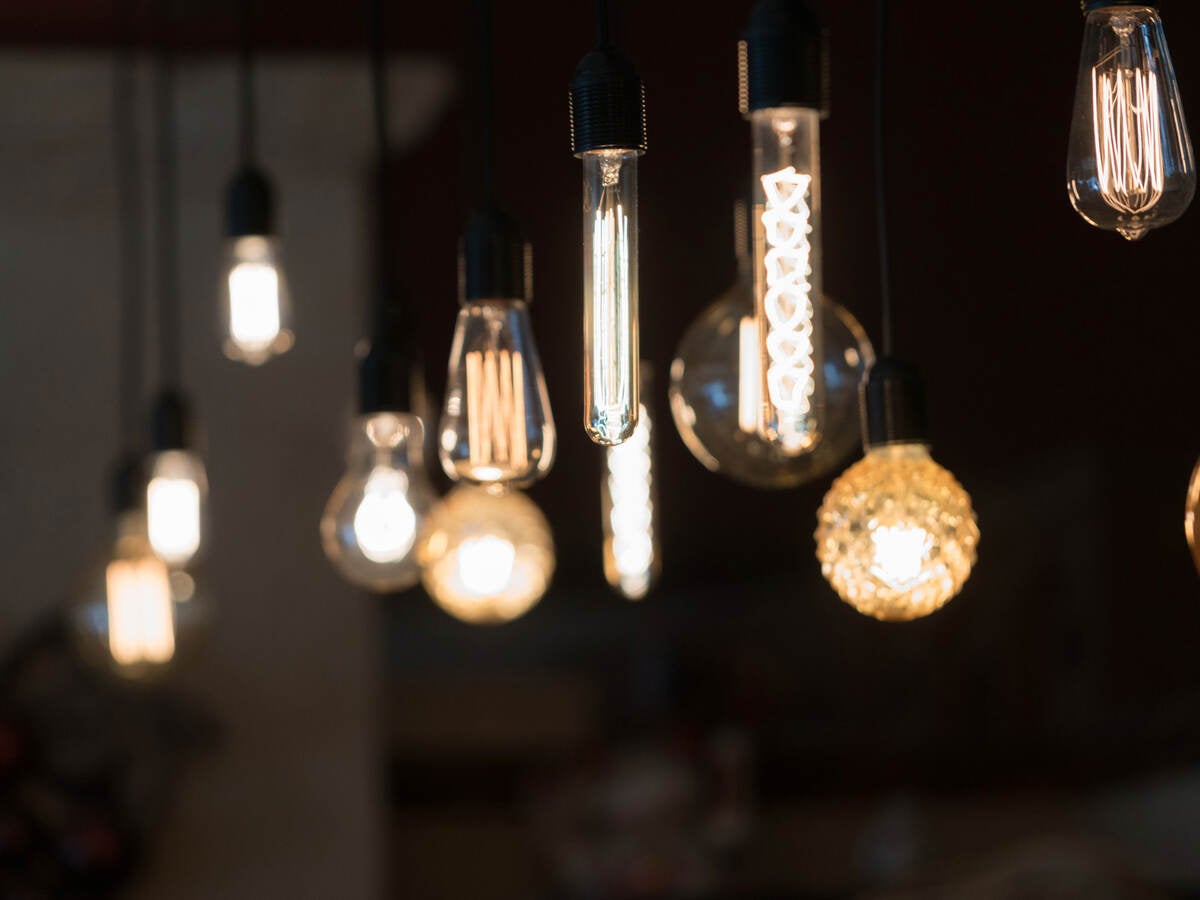October 21, 2024
By Michal Hofkin, Lead Regulatory Engineer, TIC Industrial
Code authorities often encounter products that appear to be one thing but are certified (listed) as something else. When code authorities inspect installations, they sometimes encounter lighting strings designed for temporary, seasonal or holiday uses. As consumers and businesses seek to provide decorative lighting enhancements to their properties, they occasionally use the wrong product. While using lighting strings for permanent installations is not compliant, string lights are different products and are certified for all-year use.
Article 590 of the National Electrical Code® (NFPA 70®, 2023; NEC®) permits decorative holiday lighting strings to be used for up to 90 days. UL Solutions Certifies (Lists) temporary holiday lighting under the product category for Decorative Lighting Strings, DGZZ. You can view the guide information for this product category and UL Certified (Listed) products by going to UL Product iQ® at www.UL.com/piq and entering “DGZZ” in the search field. The basic standard used to investigate products in this category is UL 588, the Standard for Seasonal and Holiday Decorative Products. Requirements for string lights for all-year use are found in Supplement SD of UL 588. UL 588 refers to seasonal lighting as “lighting strings” to distinguish them from lighting for all-year use, which it calls “string lights.”
Supplement SD was added to UL 588 on Sept. 15, 2017, in response to industry trends in the year-round use of decorative lighting. String lights can also be Certified (Listed) to UL 153, the Standard for Portable Electric Luminaires.
UL 588 Supplement SD covers factory-assembled parallel-connected string lights intended for year-round use with a maximum input voltage rating of 120 V. Strings are permitted to use a variety of lamp styles, including but not limited to incandescent, halogen, compact fluorescent (CFL) and light-emitting diode (LED). Hard usage type cords (SJW or equivalent) must be used to connect separate medium-screw lamp holders, and each lamp holder shall be provided with a hook or similar means for hanging. Light sets employing medium-screw incandescent lamps shall be used outdoors only. Lighting strings intended to provide temporary illumination during construction and similar activities and under-cabinet lighting strings are not covered by UL 588.
A load fitting (female contact device; cord connector) on a string light shall be provided with a closure or cover attached to the cord of the string light near the load fitting. It must render all uninsulated live parts inaccessible and be permanently marked “Insert in cord connector when not in use” or equivalent.
The following partial list shows some of the product markings used on all-year string lights to differentiate them from temporary lighting strings:
- The term “string light” appears instead of the term “lighting string.”
- The terms “seasonal” or “holiday” are not used.
- The load fitting marking is “CAUTION: This string light is rated ___Watts; do not overload. Connect other string lights end-to-end up to a maximum of ___ Watts total.”
- String lights are marked “This product is intended for all-year use.”
- The letters on the string light’s cord tag are black on a yellow background.
UL Solutions Certifies (Lists) string lights under the product category String Lights for All-Year Use (DGZW). The guide information for DGZW specifies that the Certification Mark for this category requires the use of a holographic label.
These marking differences aid code authorities in determining what the product is and whether it can be used year-round. Additionally, the instructions must state, among other things, “Do not mount or place near gas or electric heaters, fireplaces, barbeque grills, candles or other similar heat sources” and “Do not hang objects from cord, wire or light string.”
Though a UL Certified (Listed) string light may be encountered, its location and installation must comply with the NEC. Permanent lighting installations are covered by Article 410 of the NEC, which limits the use of string lights. They are not permitted in ducts or hoods per 410.10(C), nor can they be installed in bathtub and shower areas per the restrictions in 410.10(D). String lights are also prohibited from being installed within clothes closets per 410.16(B) and 410.16(C).
Awareness of the differences between lighting strings and string lights can aid code authorities in determining an installation’s compliance with the NEC. The end user can rest easy knowing that the proper product was installed. The installer, having purchased a product certified for the use and following the installation instructions and applicable codes, leaves behind a code compliant, safe installation that the code authority can approve.
For questions or additional information, please contact UL Solutions at ULregulatoryservices@UL.com.
Stay informed
Actionable insights on the topics you choose, delivered directly to your inbox.

